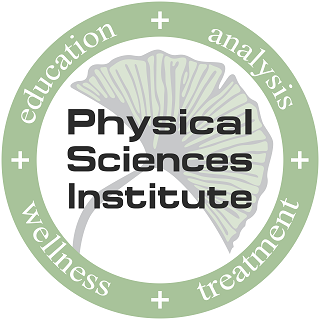One of the top 3 indicators of your life span – your breath
Breath capacity and Life span
Two long term studies discussed in the Harvard Medical School guide to Tai Chi found a strong association between efficient breathing and a longer life span. The first was a landmark study called the Framingham Heart Study in which a cohort of 5,209 men and woman were followed for more than 20 years. Each was evaluated for (FVC) Forced Vital Capacity which is simply the amount of air you can forcibly exhale from the lungs after taking the deepest breath possible measured with a spirometer. FVC was a strong predictor of cardiovascular-related death and disease.
A second more recent study at the University of Buffalo followed 1,195 men and women for 29 years. They evaluated (FEV1) Forced Expiratory Volume which is the maximal amount of air you can forcibly exhale in one second also measured by a spirometer. In this study, lung function was a significant predictor of all-cause mortality, not just hear disease.
These 2 studies indicate that the health of your breath may predict your life span.
Your core muscles and their relationship with breath
According to breath expert, Julie Wiebe PT, “Core muscles work through: Teamwork – Alignment – Preparation.”
Teamwork – How many core muscles are there? Why are they defined as core muscles?
There are 4 core muscles:
- (TVA) Transverses abdominus
- Multifidus
- Diaphragm
- Pelvic Floor
Core muscles are defined by muscles that contract before movement is initiated to create an anchor of stability for all muscles to move from. All 4 of these core muscles are your primary breathing muscles. Core stability is not primarily gained through strength training (setting aside time at the gym—if you go to the gym).
Alignment – The core machine only works efficiently if all of the gears line up. This includes:
- Pelvic neutral
- Lumbar spine neutral
- Rib cage alignment
Preparation – Core stability is better gained through efficient breath with everyday activities. Using your core muscles this way increases motor programming.
4 Ways to improve your breathing
- Practice taking deep breaths
Medical studies have shown that subjects practicing incentive spirometry on a daily basis for five to six weeks significantly improve both lung capacity and lung function, including vital capacity, maximal dynamic pressure, maximal expiratory pressure, maximal inspiratory pressure , and general inspiratory muscle performance. Incentive spirometry involves, essentially, training respiratory muscles using various “mechanical aides,” especially those that offer “visual feedback. (Disposable spirometer costs less than 10 bucks). - Eat fruit & vegetables
Multiple medical studies have found that intake of fresh fruit and vegetables directly improves breathing, including general lung function lung capacity, FEV1 (forced expiratory volume in one second) and FVC (forced vital capacity). Apples (which contain high levels of the antioxidant quercetin) and vitamin E appear to have a particularly strong positive effect on lung function. Red onions, blueberries, red grapes, raspberries, and various other types of berries also contain a high concentration of querceti. - Don’t wear tight clothes
Clothing that restricts movement of either the abdomen or the rib cage increases resistance, creating what physiologists call external loading of the system. Restrictive clothing can significantly inhibit breathing, including decreasing vital capacity, FEV1, and forced vital capacity. - Take big breaths, even when you don’t think you need them
Studies have found that expiration at high lung volumes (that is, blowing out after taking a large breath) requires less force and fewer overall muscles than at lower lung volumes. This benefit of elastic recoil in expiration decreases in an approximately linear manner with lung volume. In other words, the less air you have in your lungs, the more effort it requires to expel a given amount of air.
Best in Health,
Ivan
